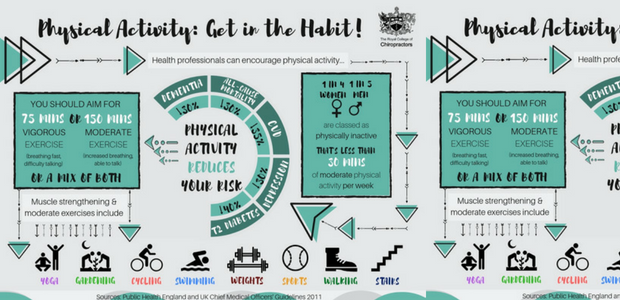The Function Of Pose In Back Pain: Tips For Achieving And Maintaining Good Alignment Throughout Your Day
The Function Of Pose In Back Pain: Tips For Achieving And Maintaining Good Alignment Throughout Your Day
Blog Article
Post By-Kragh Thaysen
Preserving correct pose isn't nearly staying up straight; it's about aligning your body in such a way that supports your spinal column and decreases the threat of neck and back pain. The method you sit, stand, and relocate throughout the day can significantly influence your spine wellness. However how exactly can you make sure excellent placement continually, also throughout busy days full of different tasks? Allow's dig deeper right into the subtle yet impactful adjustments you can make to your daily routine to keep your back delighted and healthy and balanced.
Value of Correct Position
Correct posture is essential in maintaining a healthy back and stopping pain. When you sit or stand with great position, your spinal column is in positioning, lowering strain on your muscular tissues, tendons, and joints. This placement enables the body to distribute weight equally, stopping too much tension on particular locations that can result in discomfort and discomfort. By maintaining your back effectively lined up, you can additionally enhance your breathing and food digestion, as slouching can press body organs and restrict their performance.
Additionally, keeping great pose can boost your overall appearance and self-confidence. When you stand tall with your shoulders back and head held high, you radiate self-confidence and appear more friendly. Excellent pose can likewise make you feel extra energized and alert, as it promotes correct blood circulation and allows your muscular tissues to work effectively.
Incorporating correct posture right into your everyday routine, whether sitting at a workdesk, walking, or working out, is vital for avoiding neck and back pain and promoting general health. Keep in visit the up coming site , a tiny adjustment in how you hold yourself can make a significant difference in just how you feel and function throughout the day.
Common Postural Mistakes
When it involves keeping good stance, many individuals unknowingly make common blunders that can contribute to pain in the back and pain. One of the most widespread mistakes is slumping over or hunching over while resting or standing. This position puts extreme stress on the spinal column and can cause muscular tissue imbalances and pain in the long run.
why does my back hurt is overarching the reduced back, which can flatten the all-natural contour of the back and trigger discomfort. Additionally, crossing legs while sitting may really feel comfortable, yet it can develop an imbalance in the hips and pelvis, bring about postural problems.
Utilizing a pillow that's also soft or as well firm while resting can likewise impact your positioning and contribute to pain in the back. Last but not least, constantly craning your neck to look at displays or readjusting your setting frequently can stress the neck and shoulders. Bearing in mind these usual postural mistakes can assist you maintain better placement and reduce the risk of back pain.
Tips for Correcting Positioning
To enhance your placement and decrease neck and back pain, it's vital to focus on making small changes throughout your everyday regimen. Beginning by bearing in mind your pose. When resting, ensure pain lower back are flat on the floor, your back is straight, and your shoulders are unwinded. Avoid slouching or leaning to one side. Use ergonomic chairs or paddings to sustain your reduced back.
When standing, disperse your weight equally on both feet, keep your knees somewhat curved, and embed your pelvis. Engage your core muscular tissues to sustain your back. Take https://chiropractic-total-health62840.blogitright.com/32232467/typical-false-impressions-concerning-chiropractic-treatment-debunked to stretch and walk if you have a less active task. Include exercises that enhance your core and back muscular tissues, such as slabs or bridges.
While sleeping, use a pillow that sustains the natural curve of your neck to keep correct spine placement. Avoid sleeping on your tummy, as it can strain your neck and back. By bearing in mind these pointers and making small modifications, you can slowly correct your positioning and reduce back pain.
Conclusion
Keep in mind, keeping great posture is vital to preventing neck and back pain and promoting back wellness. By bearing in mind your placement, dispersing weight uniformly, and engaging your core muscles, you can lower strain on your back and minimize the threat of pain and injury. Include ergonomic assistance, take normal breaks to extend, and strengthen your core and back muscles to keep proper positioning throughout the day. Your back will thank you for it!
